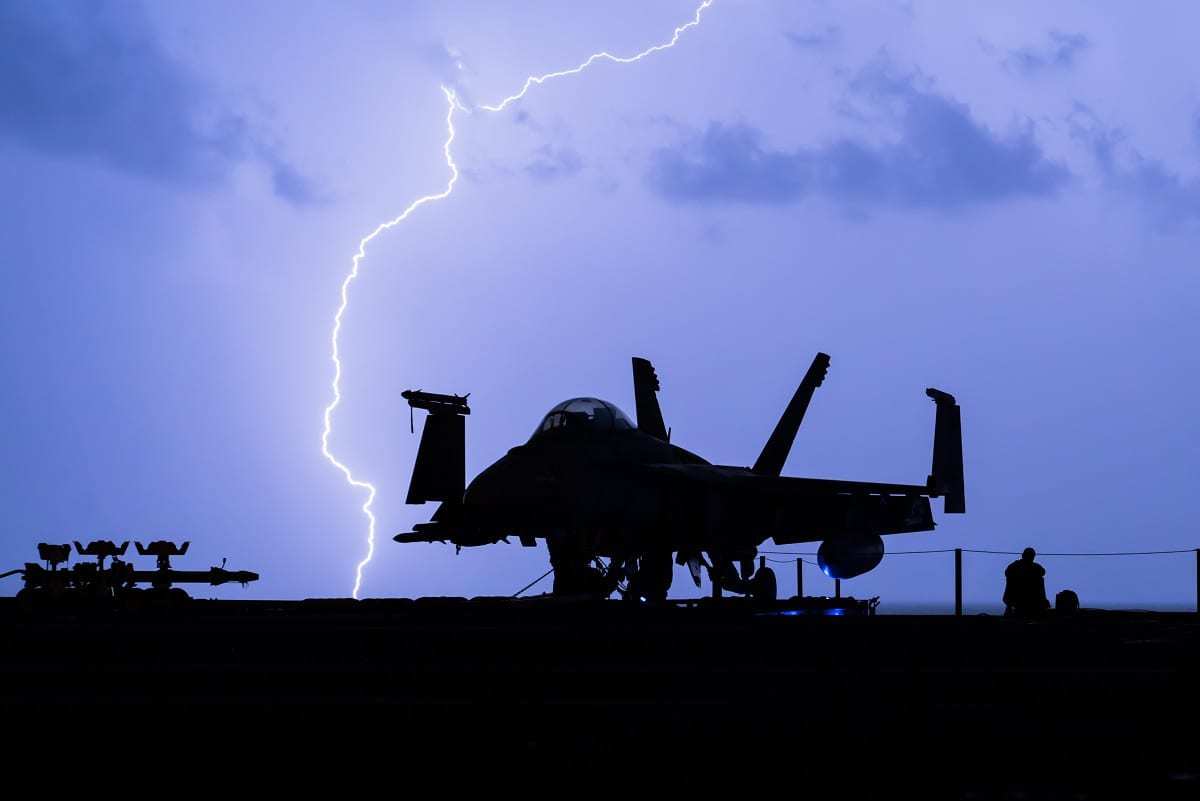Any military leader that prepares for war knows there will be losses, and while the United States has enjoyed numerical superiority as well as maintaining vastly more powerful weapons systems during the Global War on Terror (GWOT), against a near peer adversary the same will not likely be true. This service that could be most impacted is the United States Navy.
In addition to losing numerical superiority, a very serious danger is that the U.S. fleet couldn’t be properly repaired and losses couldn’t be replaced quickly. In addition to any combat losses that the U.S. Navy could suffer in a future conflict, our nation now lacks the infrastructure and facilities to repair vessels damaged in battle with a great-power rival such as China or Russia.
Can’t Repair, Can’t Fight
“The ability to repair and maintain ships plays a critical role in sustaining Navy readiness,” the Government Accountability Office (GAO) warned in a new report that was released this month.
The report to Congressional Committees, titled “NAVY SHIPS: Timely Actions Needed to Improve Planning and Develop Capabilities for Battle Damage Repair,” noted that “After the Cold War, the Navy divested many wartime ship repair capabilities. With the rise of great power competitors capable of producing high-end threats in warfare, the Navy must now be prepared to quickly salvage and repair damage to a modern fleet.”
The GAO also addressed the fact that modern warships feature far more intricate electrical, radar and computer systems that did not even exist on World War II-era warships. That could make the damage assessment as well as the repair of modern ships significantly more complex. Added to the problem is that GAO found that the Navy is “frequently unable to complete its scheduled on time and incurred over 38,900 days of maintenance delay from fiscal years 2014 through 2020.”
As a result, the Navy has lost operational availability of approximately fifteen ships on average each year. At the same time, the Pentagon has acknowledged that the Republic of China’s People’s Liberation Army Navy (PLAN) now has the largest navy in the world with an overall battle force of approximately 350 ships, which include 130 major surface combats. Moreover, China has become the top shipbuilding nation in the world by tonnage, and thus may have the ability to rapidly build up its naval force, while it could also replace combat losses far quicker than past adversaries.
The U.S. Navy has remained a capable yet smaller force – however, it increasingly produces ships at a far slower pace, and as a result can not suffer the same number of losses in a major conflict. U.S. Navy officials that were interviewed by the GAO generally agreed that the service could handle a single battle damage event, “but were uncertain how the Navy might handle multiple simultaneous or near-simultaneous events.”
The report concluded by noting that the Navy has not had to conduct battle damage repair on multiple ships concurrently since World War II, while the rise of great power competitors only revives the pressure on the Navy to develop battle damage repair capabilities for a potential conflict. At issue is the fact that such capability is a complex undertaking, one that will require the Pentagon to reassess any gaps in the Navy’s current maintenance capabilities.
The good news is that Navy has begun to take the necessary steps, and is addressing its infrastructure issues. As Business Insider also reported, in the Biden administration’s fiscal year 2022 (FY22) budget, the Department of the Navy’s $211.7 billion budget proposal placed less importance on ship, aircraft, and weapons procurement and instead focused greater attention and resources on operations and maintenance, personnel, research and development and infrastructure.
Perhaps here the Navy can build back better. Failing that could have devastating consequences.
Peter Suciu is a Michigan-based writer who has contributed to more than four dozen magazines, newspapers and websites. He regularly writes about military small arms, and is the author of several books on military headgear including A Gallery of Military Headdress, which is available on Amazon.com.

